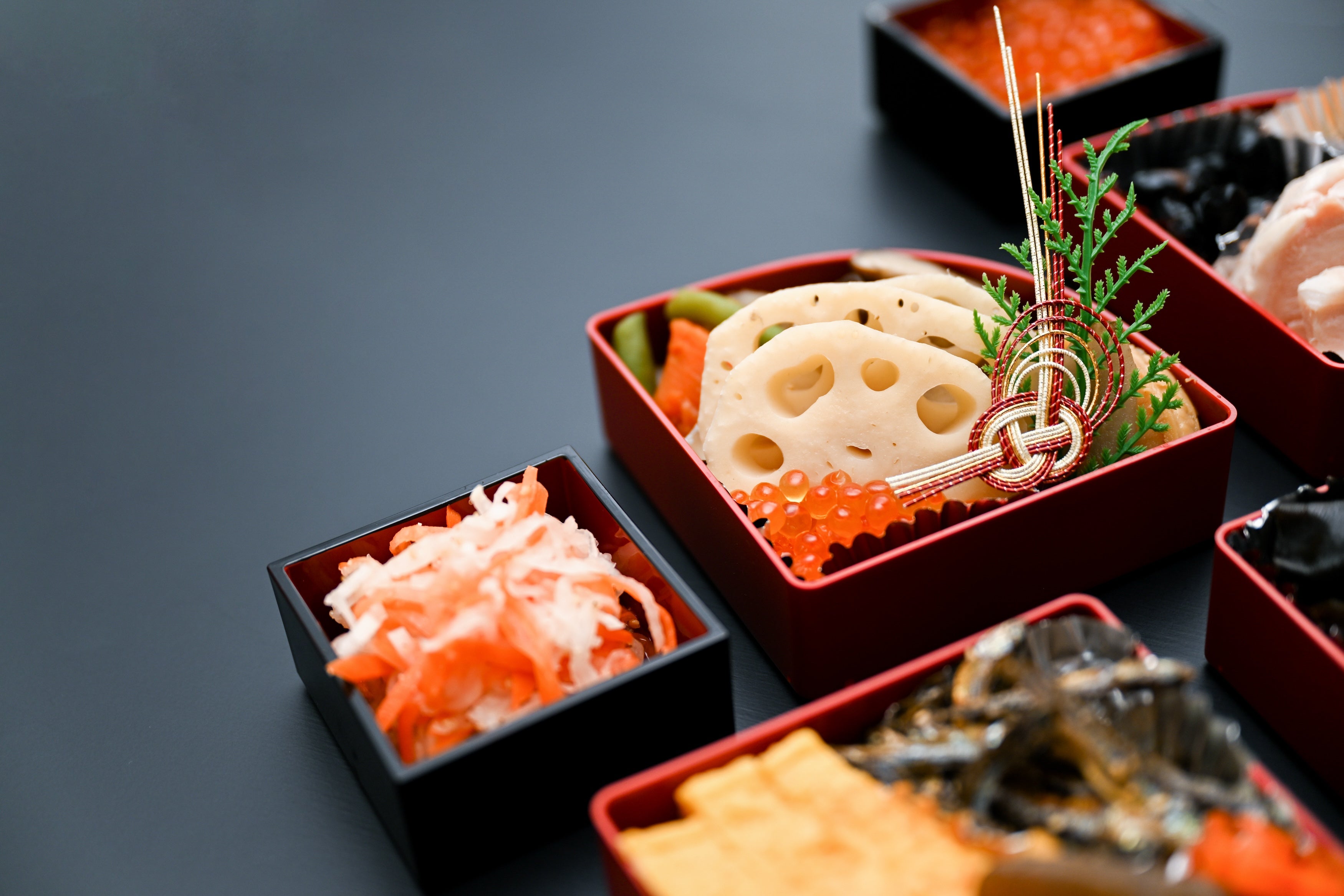

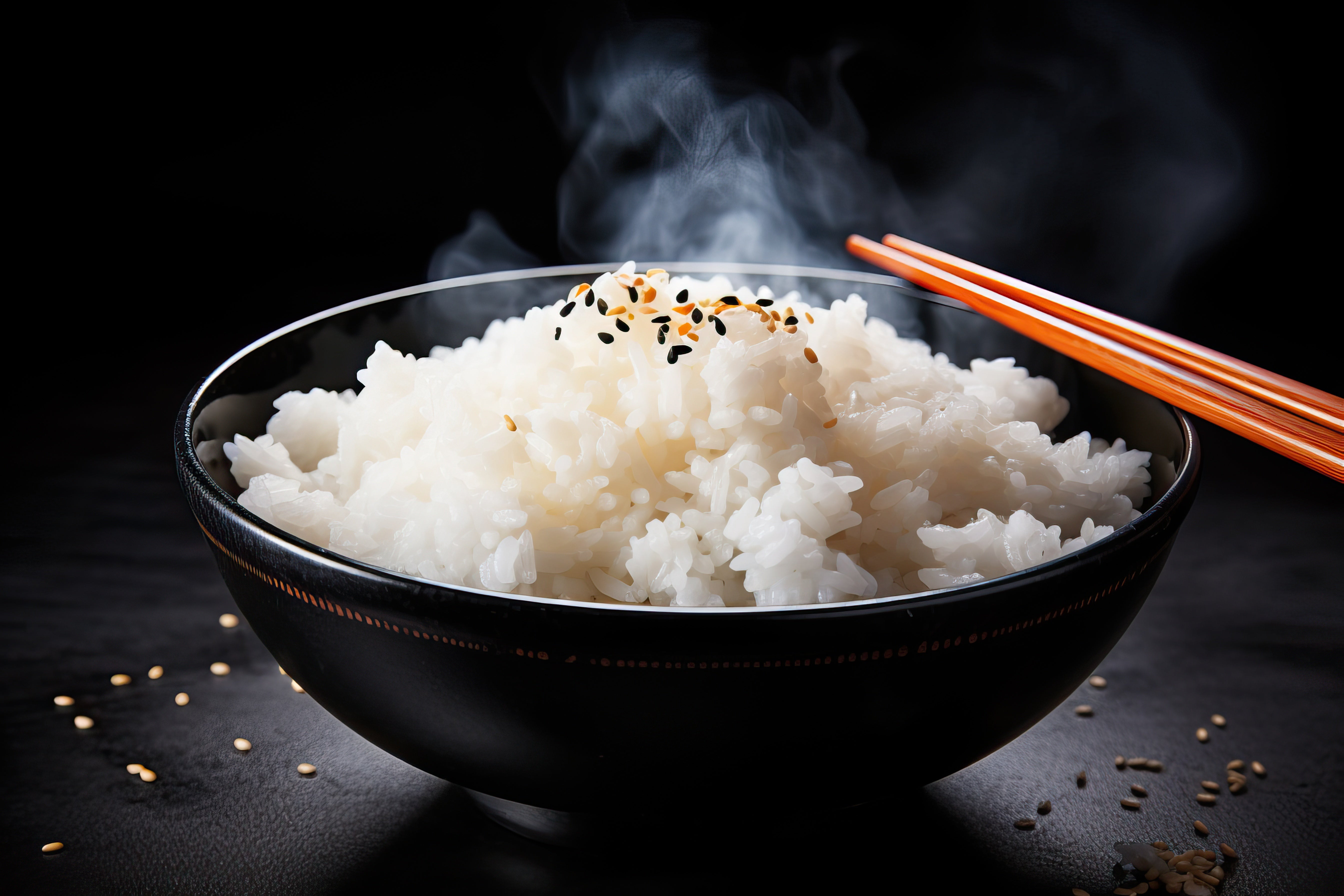

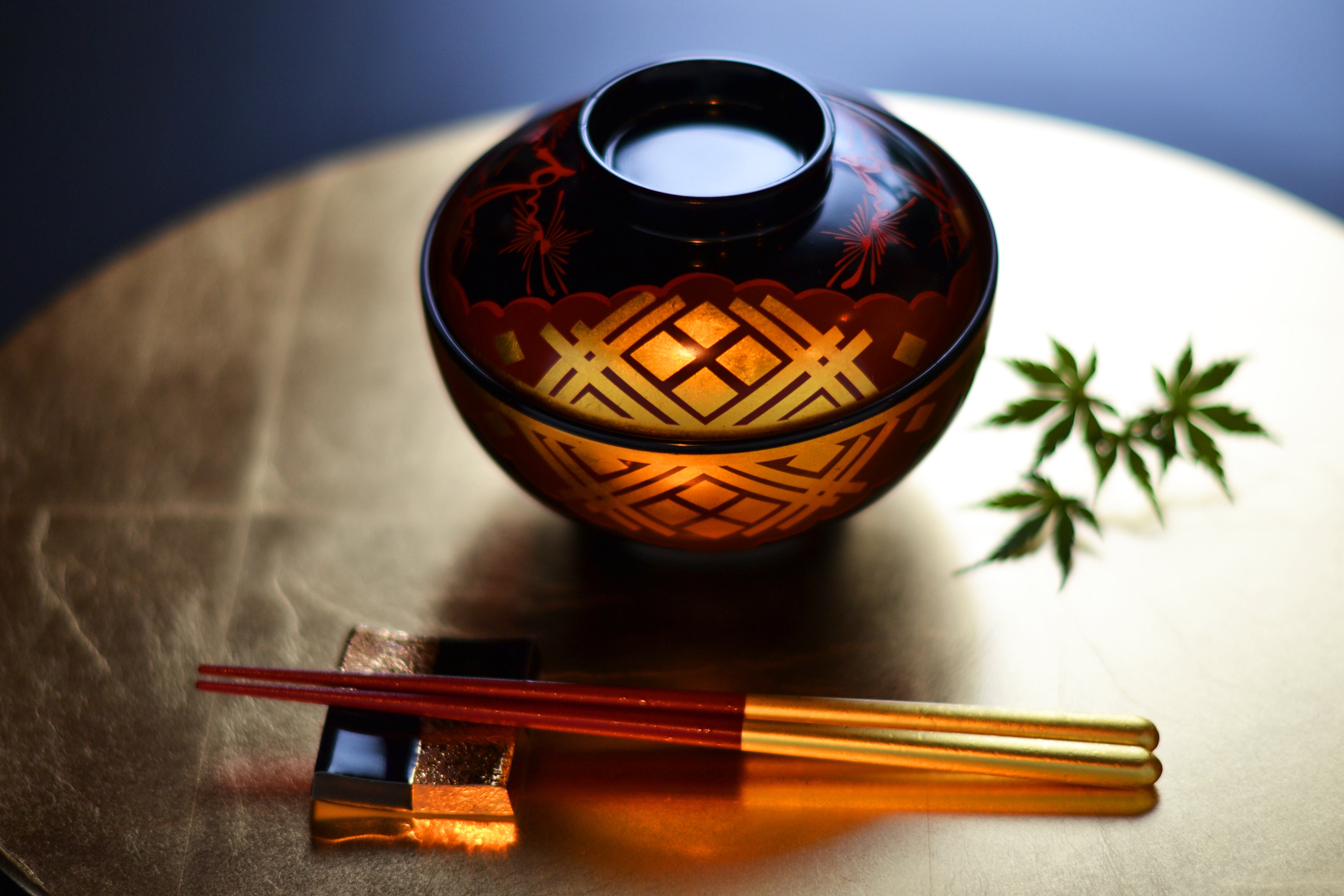



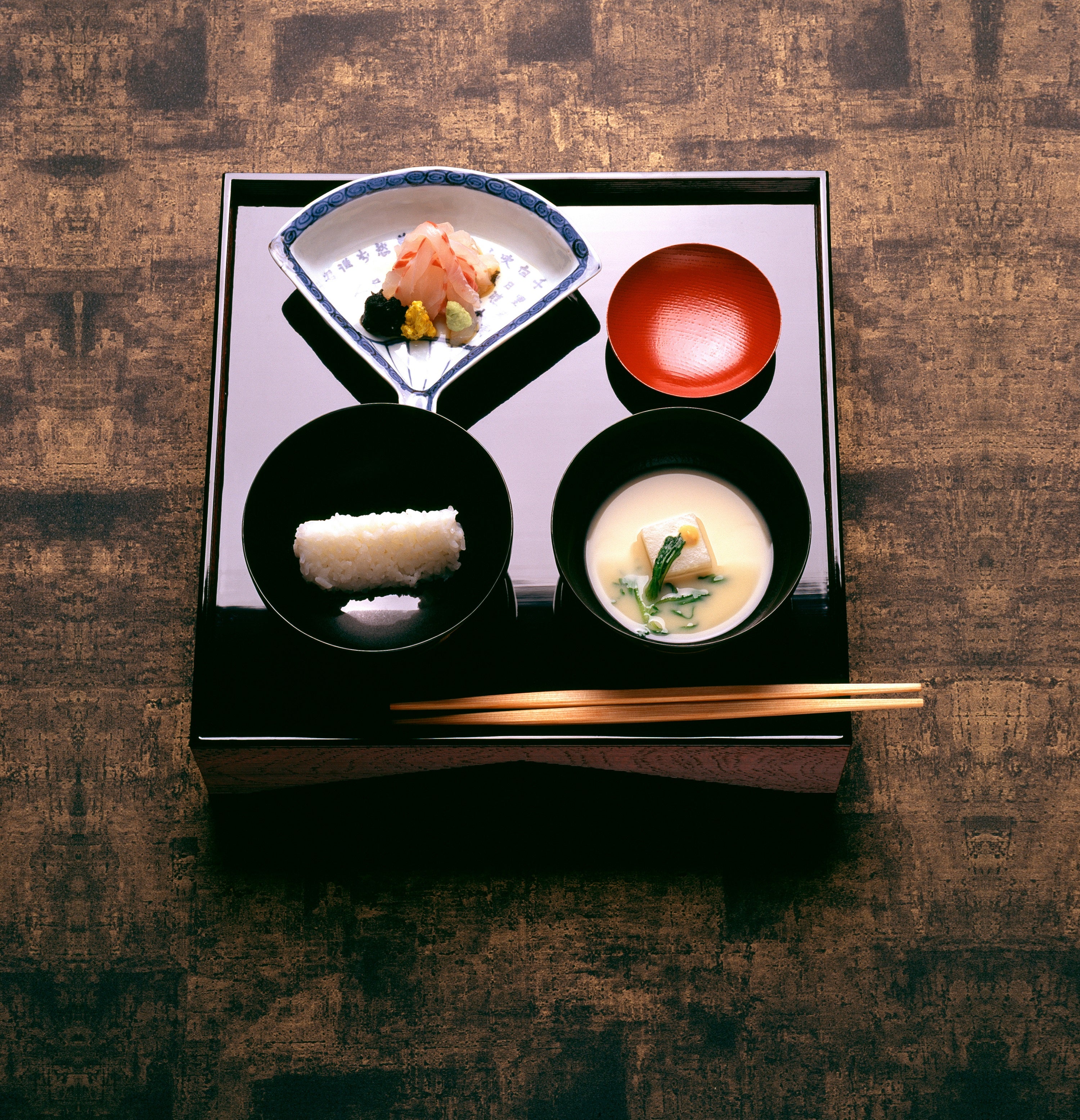

Rice: A Nutritional Powerhouse for Optimal Health
Rice, a staple food for more than half of the world's population, is a versatile grain with a rich history and an array of health benefits. Rice is naturally gluten, cholesterol, fat, sodium, and sugar-free. Beyond being a source of energy, rice offers a host of essential nutrients that contribute to overall well-being. This article explores the various health benefits associated with incorporating rice into a balanced diet.
Ⅰ. A Nutritional Powerhouse: Rice's Fundamental Contributions to Health
Rich Source of Energy
Rice is primarily composed of complex carbohydrates, which serve as the body's primary sources of energy. The carbohydrates in rice are slowly digested, providing a steady release of energy throughout the day. This makes rice an excellent choice for individuals with active lifestyles or those looking to maintain stable blood sugar levels.
Nutrient Density
Contrary to common misconceptions, rice is not nutritionally empty. The outer layer of rice contains essential nutrients such as B vitamins (including B1, B3, B6), iron, manganese, selenium, and magnesium. These micronutrients play crucial roles in metabolism, nerve function, and maintaining a healthy immune system.
Low in Fat and Cholesterol-Free
Rice is naturally low in fat, making it an ideal component of a heart-healthy diet. Additionally, it is cholesterol-free, which can contribute to maintaining healthy blood lipid levels and reducing the risk of heart disease.
Gluten-Free Option
For individuals with gluten sensitivity, rice provides a safe and versatile alternative to wheat-based grains. It can be used to create a wide variety of gluten-free dishes, making it an essential component of gluten-free diets.
Digestive Health
Brown rice, in particular, is a rich source of dietary fiber. Fiber aids in digestive health by promoting regular bowel movements, preventing constipation, and supporting a healthy gut microbiome. Additionally, the fiber content in brown rice helps to keep you feeling fuller for longer, which can be beneficial for weight management.
Antioxidant Properties
Certain varieties of rice, especially Japanese rice varieties, contain a higher level of antioxidants. These antioxidants, including anthocyanins and flavonoids, help protect the body's cells from damage caused by free radicals. This can contribute to reducing the risk of chronic diseases and supporting overall cellular health.
A Source of Essential Amino Acids
Rice, particularly when paired with complementary proteins, can provide a complete protein source. This means it contains all essential amino acids needed for proper growth, repair, and functioning of the body. For vegetarians and vegans, combining rice with legumes like beans, lentils, or tofu can help meet their protein needs.
Suitable for All Ages
Rice is a versatile food that can be easily adapted to suit various dietary preferences and requirements. It serves as an excellent first food for infants transitioning to solids, providing essential nutrients for growth and development. Additionally, it remains a staple throughout childhood, adolescence, and adulthood, supporting the nutritional needs of individuals at every stage of life.
Most nutrients and beneficial components can be found in the outer layers of the rice (like the bran), so the less it is milled (the browner it is), the healthier the rice is.
II. The Unique Health Benefits of Japanese Rice
Exceptional Texture and Taste
Japanese rice varieties, notably Japonica rice, are celebrated for their unique, slightly sticky texture and delicate flavor. This palatability encourages consumption and enhances overall meal satisfaction, potentially contributing to mindful eating habits.
Low in Arsenic Content
Japanese rice varieties tend to have lower levels of naturally occurring arsenic compared to some other rice varieties. This is attributed to Japan's meticulous cultivation practices and strict quality control measures, ensuring that consumers benefit from a rice variety with reduced arsenic exposure.
Antioxidant-Rich Varieties
Some Japanese rice varieties, such as Koshihikari and Akita Komachi, contain higher levels of antioxidants compared to their counterparts. These antioxidants, including gamma-aminobutyric acid (GABA), help combat oxidative stress.
Japanese rice, with its distinctive texture, taste, and exceptional health benefits, stands as a nutritional powerhouse within the realm of rice varieties. From providing sustained energy to offering a wide array of essential nutrients, Japanese rice plays a vital role in promoting optimal health. Its low arsenic content, rich amino acid profile, and potential antioxidant benefits further underscore its unique advantages. By incorporating Japanese rice into a diverse and balanced diet, individuals can harness its nutritional prowess to support overall well-being and enjoy the many health benefits it has to offer.





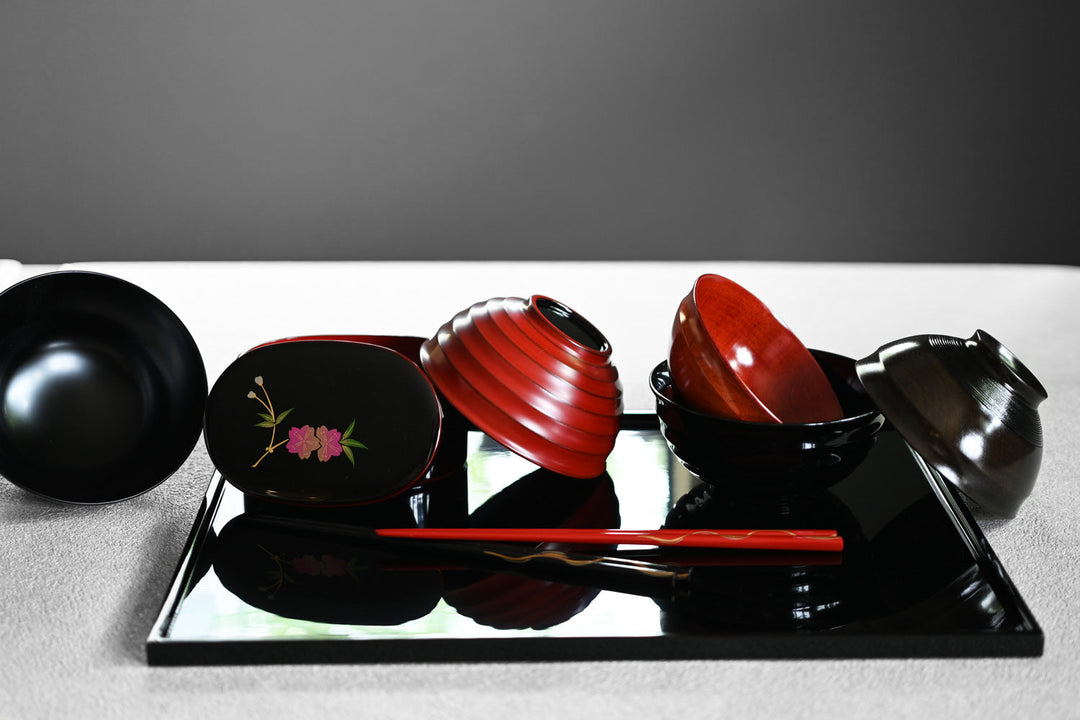

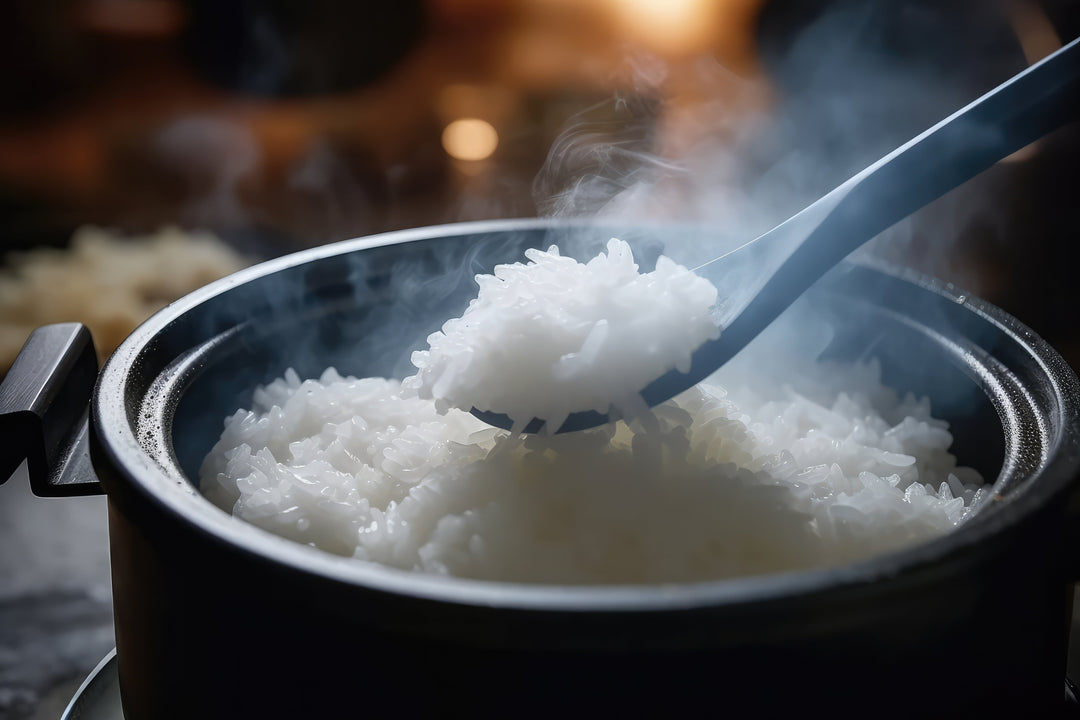

Leave a comment